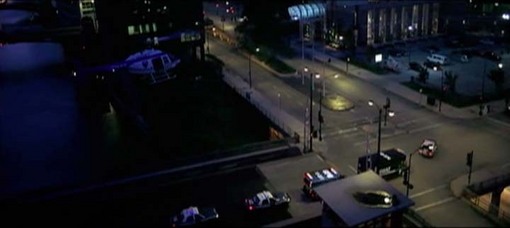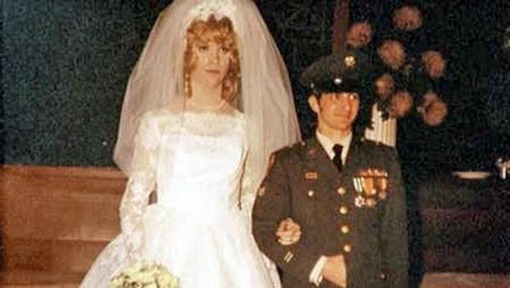View image A figure in the shadows.
1. I have a competition in me.
I want no one else to succeed.
2. I hate most people….
I see the worst in people.
I don’t need to look past seeing them to get all I need.
3. I want to rule and never, ever explain myself.
I’ve built my hatreds up over the years, little by little.
Match the above comments to the character who speaks or writes them:
a) Anton Chigurh, “No Country for Old Men”
b) The Zodiac, “Zodiac”
c) Daniel Plainview, “There Will Be Blood”
(Answers at end of post.)
* * * *
NOTE: Spoilers lurk sinisterly below.
View image Daniel Plainview, “There Will Be Blood.”
Three of the most admired and fervently debated American films of the year move inexorably toward a climactic confrontation with a killer — or someone’s conception of a killer. Only Paul Thomas Anderson’s “There Will Be Blood” actually culminates in a eruption of savagery, while David Fincher’s “Zodiac” and Joel and Ethan Coen’s “No Country for Old Men” gradually steer their attention away from the assaults and into the psyches of the characters who are haunted by the brutality penetrating their lives.
View image Anton Chigurh, “No Country for Old Men.”
View image The Zodiac, “Zodiac” — or as close as we ever get to seeing him.
Much has been written about the violence in these movies, the darkness they find in the American landscape, and what some see as their bleak, fatalistic and/or nihilistic attitude. Does this somehow reflect the country’s moral ambivalence about being mired in two bloody, confusing guerrilla wars on the other side of the world? A sense of No Exit hopelessness that the Vietnam nightmare is recurring? Mainstream (or art house) torture porn that allows us to vicariously groove on — as we are simultaneously appalled by — the crimes at Abu Ghraib and Guantanamo? Dissatisfaction with the materialistic emphasis on the American Dream? A cynical exploitation of artfully staged killings for our (cathartic?) entertainment?
The popular press likes to talk about violence in movies with a superficiality that assumes all violence and all movies are the same, that blood is blood (and that gore and gunplay are automatically more sensational than depictions of beatings or other forms of physical and psychological abuse). But that Sunday feature-section approach ignores what it’s like to watch the movies themselves, and the diverse contexts in which they present acts of cruelty and lethality. To say that “Zodiac,” “NCFOM” and “TWBB” are all “violent films” tells you as much about them as saying they all use the color red.¹ I’d like to consider how the violence in these films conveys its own meaning, apart from any op-ed political parallels that can be drawn, however legitimately.
December 14, 2012





